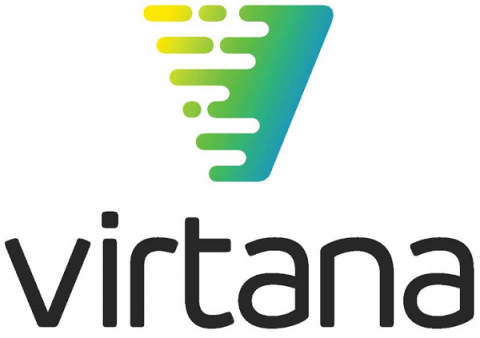4 Signs You Have a Cloud Migration Planning Problem
Cloud migration is a complex process, and the more up-front planning you put into it, the more likely you’ll be able to avoid challenges and setbacks during execution. And yet, challenges and setbacks seem to be the norm, not the exception, with almost three-quarters (72%) of those surveyed stating that they’ve run into problems so big they were forced to move migrated applications back on premises or jump into firefighting mode to figure out how to fix them quickly.



